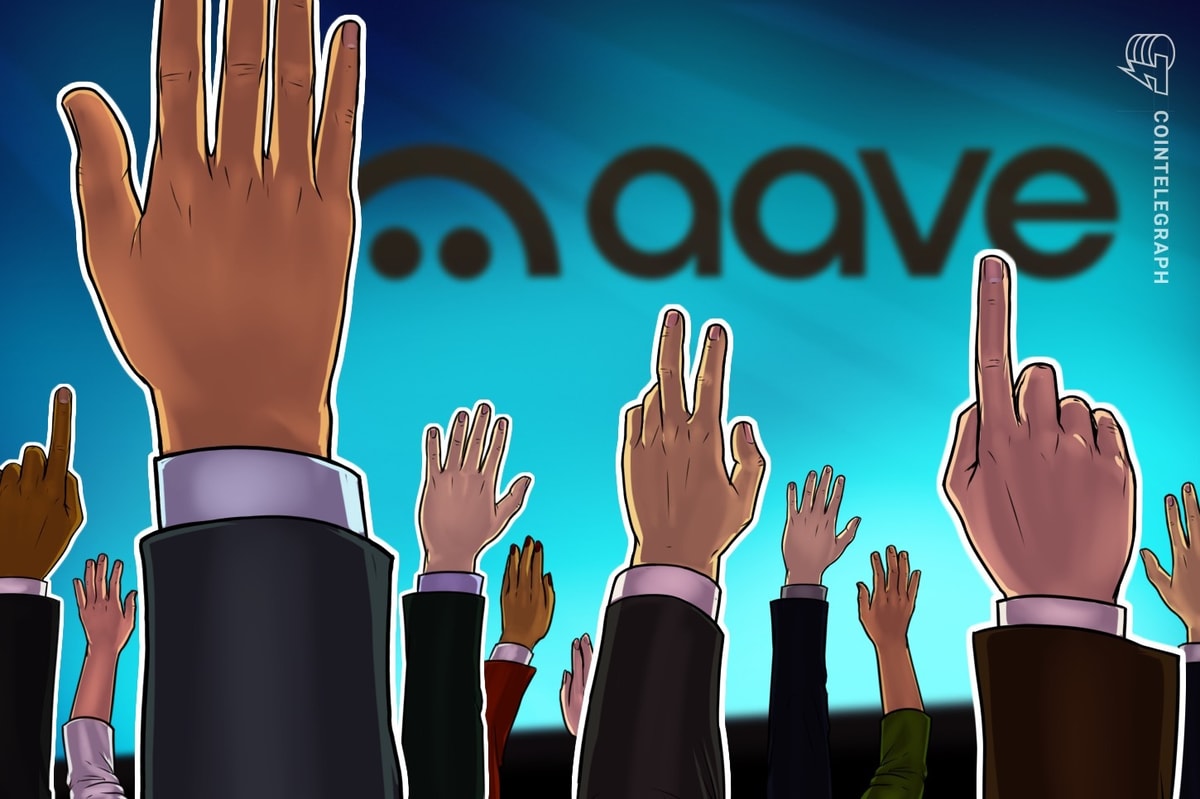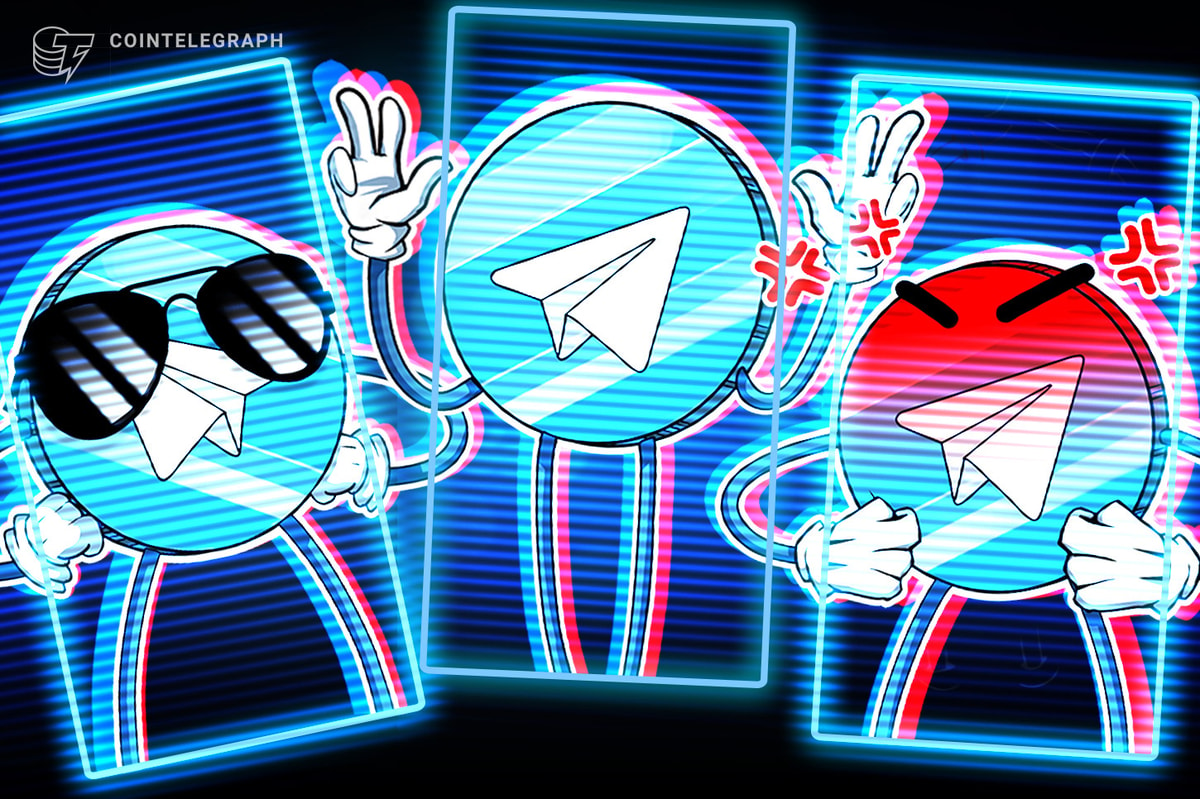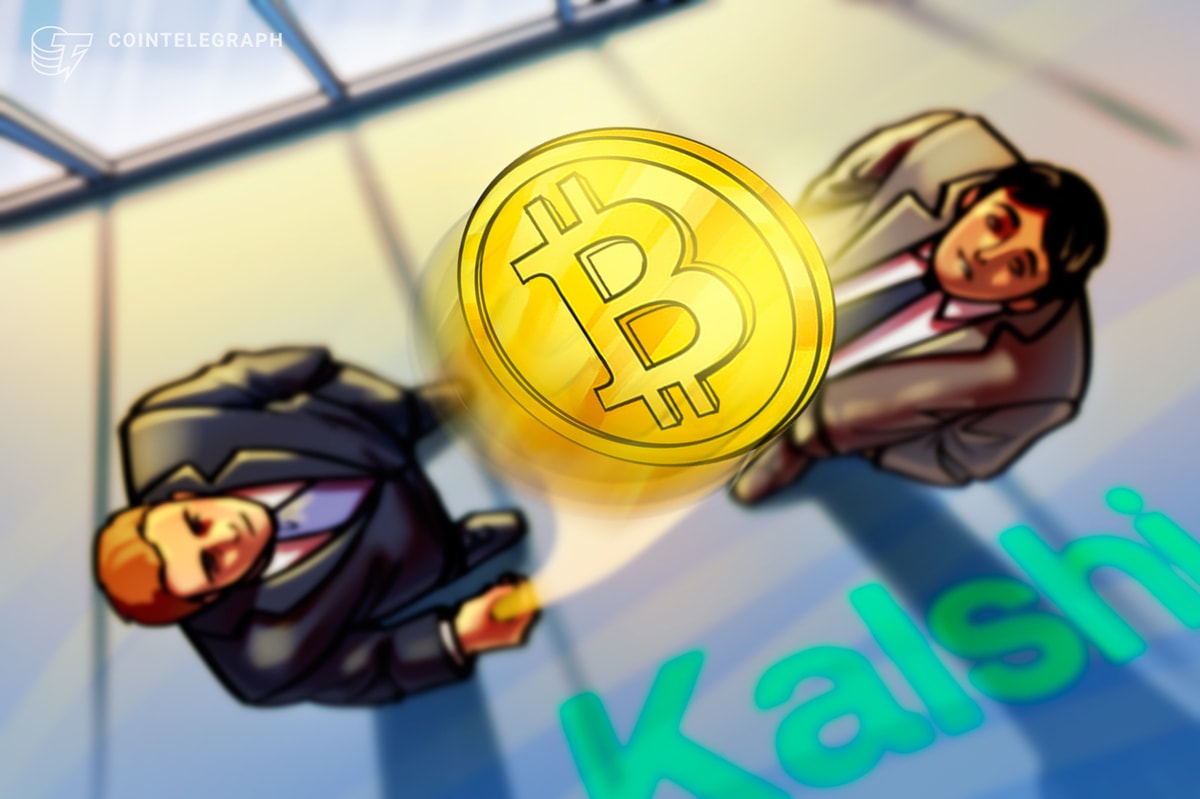It seems that the popularity and profitability of play-to-earn (P2E) games have increased thanks to the rise in blockchain-backed applications. Experts believe that a platform will stand out by offering innovations to create revenue streams for gamers, and has the potential to bridge the gap between decentralised finance (DeFi) and non-fungible tokens (NFTs). A recent report from Newzoo, a gaming analytics website, highlighted that India is the second largest market for video games with over 373 million players. In a conversation with FE Blockchain Ishank Gupta, advisor, IndiGG, a gaming guild platform, talks about how a P2E gaming ecosystem can be formulated into a revenue model and the role of cryptocurrency. (Edited Excerpts)
How can P2E games replace the traditional job scenario?
I believe one of the key elements which has been unlocked by P2E games is the ability to create digital economies, for players to be able to make a living by playing a game. Web3.0-based gaming carries the potential to lay the foundation for a gaming experience where players own the items they earn and craft in-game, and can even trade or rent them to other players for a source of income. This allows players to be rewarded for their time spent in-game, and is expected to change the way the entire gameplay loop is perceived. Moreover, Web3.0-based gaming and metaverse applications have the capability to go beyond traditional earning ways by alternatives such as digital fashion, skins, organising virtual events, among others. Reportedly, video games now represent a $336 billion industry.
What will be the implications of a P2E gaming revenue model in the long run?
Eventually, it is expected to change the way games are perceived when gamers realise the opportunities for ongoing revenue through daily activities. Not just games but other activities can be gamified and incentivised through cryptocurrency-based economic models such as move-and-earn applications as STEPN (GMT) and Sweat Economy (SWEAT), or watch-to-earn applications that reward users for their attention and participation.
What are the factors expected to drive Web3.0-based gaming adoption?
While the play-and-earn revenue model is expected to bring its own benefits, the initial uptake of Web3.0-based gaming will be dependent on factors such as immersive gameplay, strong stories and characters, rewarding gameplay loops, among others. Additional Web3.0 features such as interoperability across different platforms, autonomy and ownership, will help drive adoption.
How is P2E gaming expected to benefit a developing market such as India?
I expect India to be considered as an emerging frontier for the gaming industry. According to a November 2021 report by Boston Consulting Group and Sequoia Capital India, monetisation of the Indian gaming market is in excess of $1.8 billion. Insights from VentureBeat, an American technology website, stated that 400 million people have already started to play online video games in the country and the industry is expected to triple in size by 2025. Handing people the means to generate income from everyday activities will help people raise their standard of living and create new business opportunities.
Where do you see the prospect of Web3.0-based gaming adoption to reach by 2030?
Estimates have predicted that the Web3.0 market could be worth $87 billion by 2030, at a compound annual growth rate (CAGR) of 45.2%. It is likely that these estimates will be met or exceeded. Blockchain gaming and decentralisation can help improve efficiency through elimination of intermediaries, and help ensure channeling of control and ownership for people involved. For Web3.0-oriented gaming, mainstream gaming studios and developers have reportedly started to test out gaming-based blockchain functionalities.
Read More: www.financialexpress.com









 Bitcoin
Bitcoin  Ethereum
Ethereum  Tether
Tether  XRP
XRP  Solana
Solana  USDC
USDC  Dogecoin
Dogecoin  TRON
TRON  Cardano
Cardano  Lido Staked Ether
Lido Staked Ether  Wrapped Bitcoin
Wrapped Bitcoin  LEO Token
LEO Token  Chainlink
Chainlink  Toncoin
Toncoin  USDS
USDS  Avalanche
Avalanche  Stellar
Stellar  Sui
Sui  Hedera
Hedera  Wrapped stETH
Wrapped stETH  Shiba Inu
Shiba Inu  MANTRA
MANTRA  Bitcoin Cash
Bitcoin Cash  Litecoin
Litecoin  Polkadot
Polkadot  Bitget Token
Bitget Token  Binance Bridged USDT (BNB Smart Chain)
Binance Bridged USDT (BNB Smart Chain)  Ethena USDe
Ethena USDe  WETH
WETH  Hyperliquid
Hyperliquid  Pi Network
Pi Network  WhiteBIT Coin
WhiteBIT Coin  Monero
Monero  Wrapped eETH
Wrapped eETH  Uniswap
Uniswap  OKB
OKB  Dai
Dai  sUSDS
sUSDS  Pepe
Pepe  Coinbase Wrapped BTC
Coinbase Wrapped BTC  Aptos
Aptos  Ondo
Ondo  Gate
Gate  NEAR Protocol
NEAR Protocol  Tokenize Xchange
Tokenize Xchange  Internet Computer
Internet Computer  Cronos
Cronos  Mantle
Mantle  Ethereum Classic
Ethereum Classic